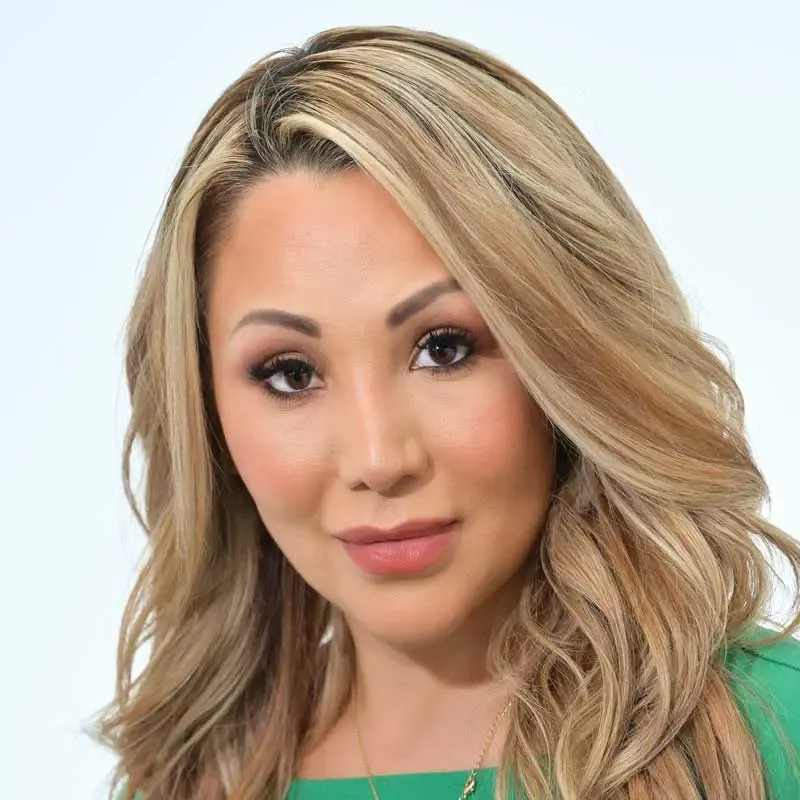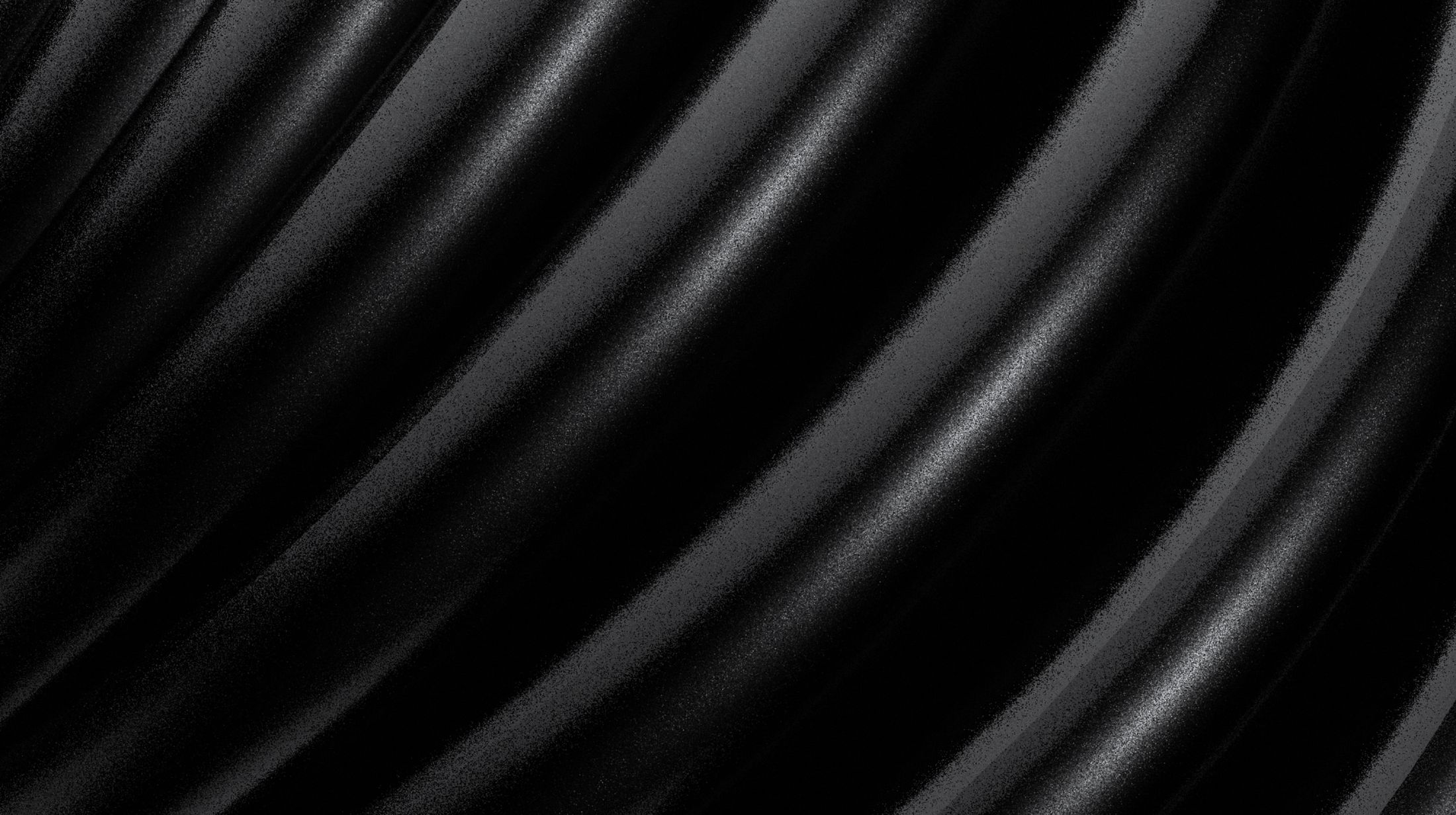



Increase the beauty, harmony, and proportions of your face with the help of one of the best rhinoplasty surgeons in Houston. Dr. Raghu Athré is a double-board-certified facial plastic surgeon known for his rhinoplasty technique. Patients travel from across the southern United States and around the globe to seek Dr. Athré’s world-renowned expertise in cosmetic nose surgery. Our team has a passion for delivering personalized care and exceptional results for every patient and procedure.
Read on to learn more about Dr. Athré’s rhinoplasty techniques, or schedule your personal consultation today!
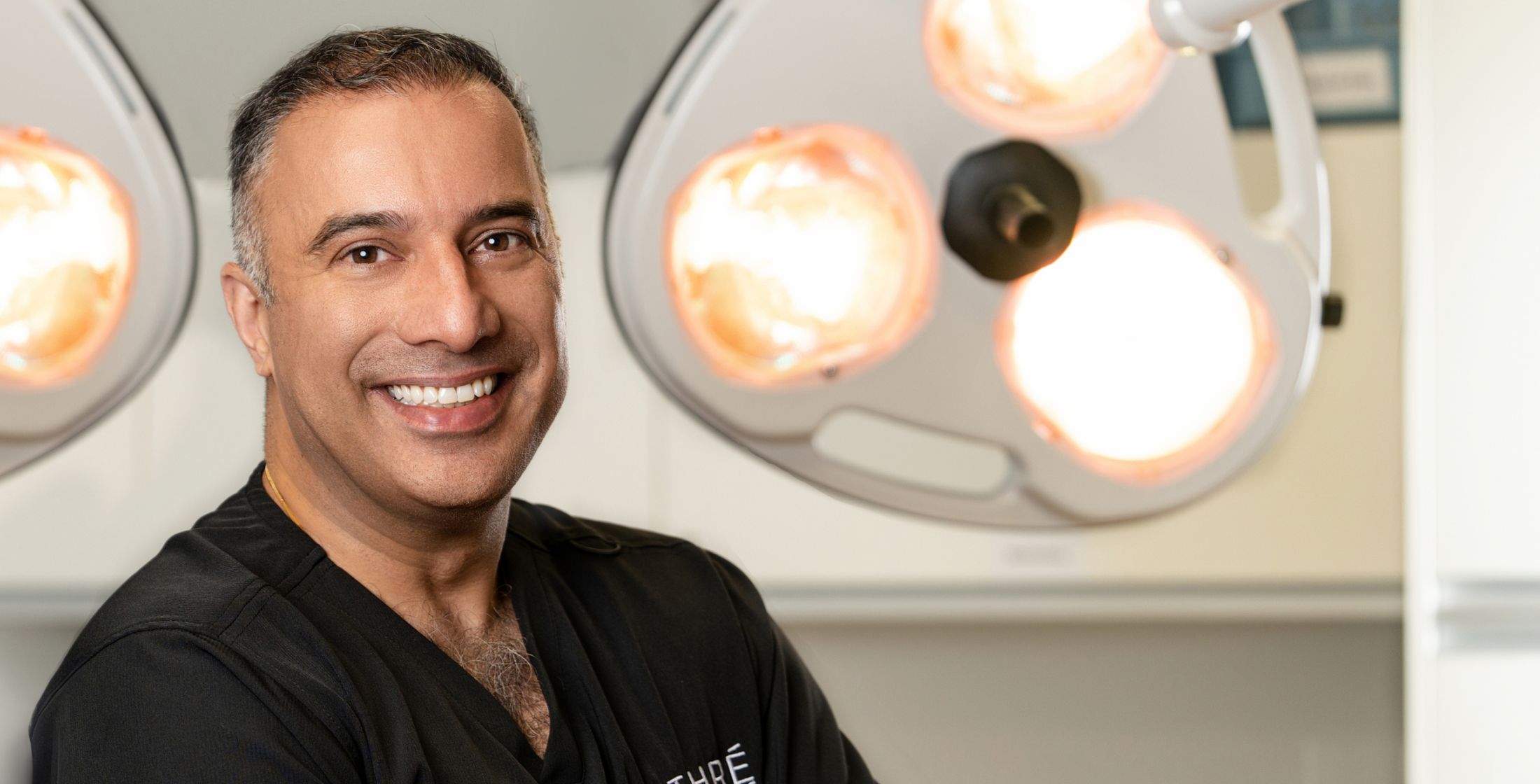
1 of 44
Rhino comes from the Greek word rhino meaning “nose,” and plasty comes from the Greek word plastos which means “formed or molded.” When you put these words together, you get rhinoplasty.
Your nose is the most defining feature of your face and one of the first things people may notice about you. Rhinoplasty is surgery of the nose in which the bony structures of the nose and the cartilages are modified to achieve a more aesthetic and functional result. Other words for rhinoplasty are nose job, nasoseptorhinoplasty, and nasal surgery.
The nose is perhaps the most defining feature of the face. When the nose is in balance with the entirety of the face, the nose disappears into the background. However, when the nose is not proportionate to the features of the face, it stands out.
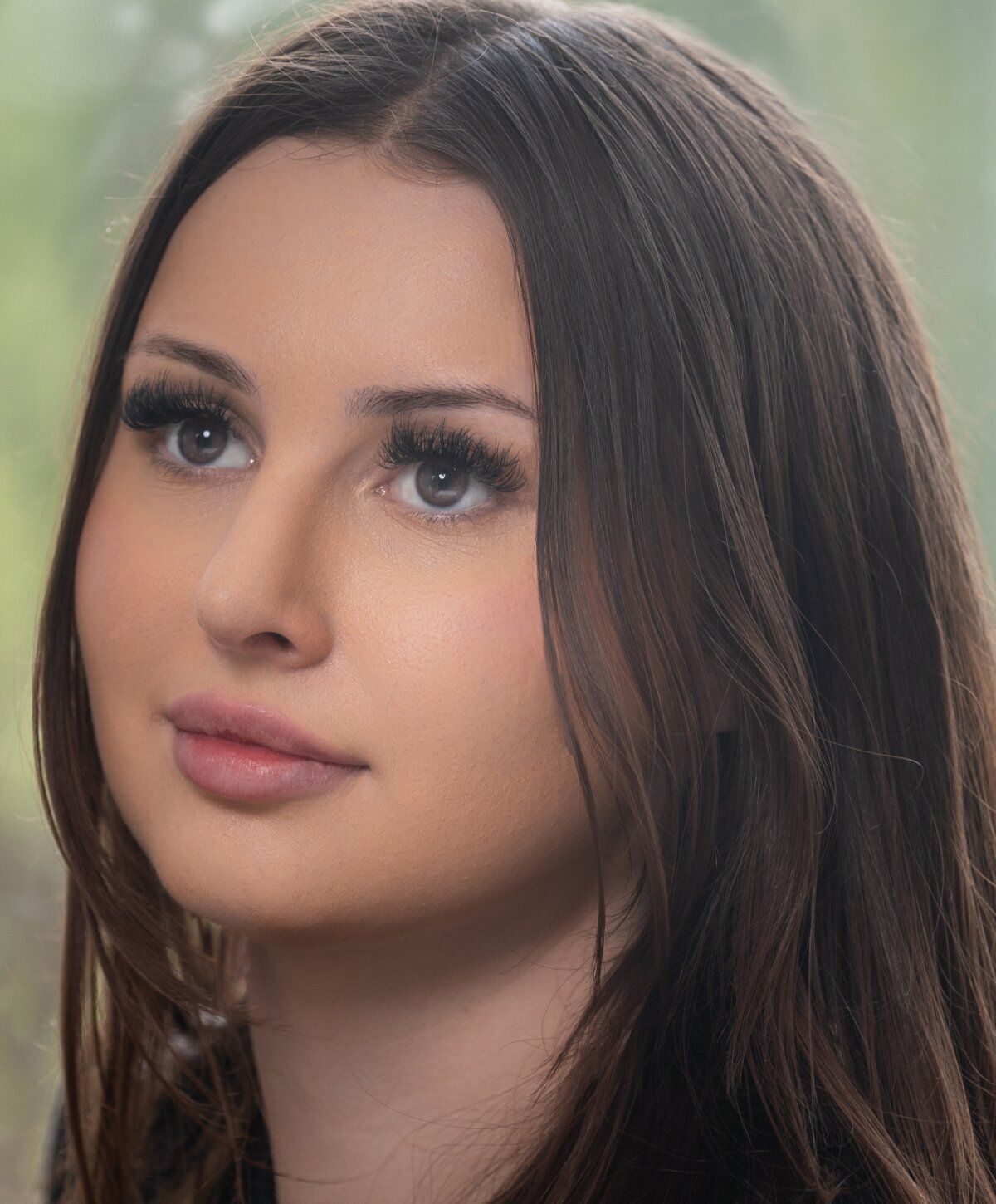
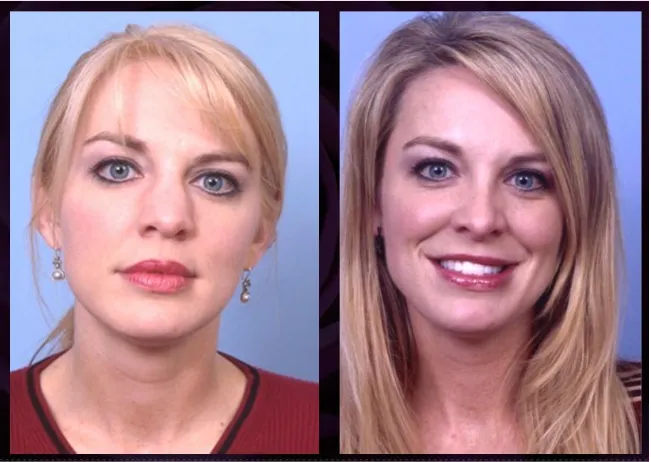
When you look at the picture on the left, you focus on this patient’s nose. The nose is crooked, it is wide over the bridge, the tip is twisted, and the overall size of the nose is large. We make these judgments based on the features of this patient’s face. She has an overall small face with highly defined cheek and midface features.
This patient had our Houston rhinoplasty procedure. The nose was made smaller, more feminine, and more proportional to the patient’s facial features. The nose blends into the background, and the patient’s eyes and mouth draw attention. This is an actual rhinoplasty patient of Dr. Athré.
A rhinoplasty or nose job is a surgery based on proportions. The balanced, proportional nose should fade away and just not be noticeable. If your nose is big, round, fleshy, undefined, or droopy, it may attract undesired attention to your face. A rhinoplasty can help make it more balanced.
Thus far, we have only discussed cosmetic indications and criteria for why someone should get a nasal surgery. There are also functional reasons for a rhinoplasty.
In Dr. Athré’s words, a beautiful nose looks AND works well. A nose that does not work is not worth anything to anyone. Functional reasons for a rhinoplasty include prior nasal fractures and trauma, and difficulty breathing through your nose. A rhinoplasty procedure can correct all of these issues.

The nose consists of skin, bone, and cartilage. Five cartilage structures and the nasal bones come together to form the structure of the nose. Skin and soft tissue then drape over this triangular structure. The soft tissue envelope is the combination of the skin and the thin layer of underlying fat.
Under the soft tissue envelope are the bony and cartilage structures. The main cartilage structure that supports the structure of the nose is the septum. The septum is that tissue you can feel between your two nostrils when you stick a finger within each nostril—everyone has done it ;).
The nose tip is made of the two lower lateral cartilages. The bridge consists of the septum, upper cartilages, and nasal bones.
Rhinoplasty surgery involves manipulating and reshaping the:
The goals of rhinoplasty are to improve breathing, straighten the nose and air passages, and enhance the aesthetic appearance of the nose.
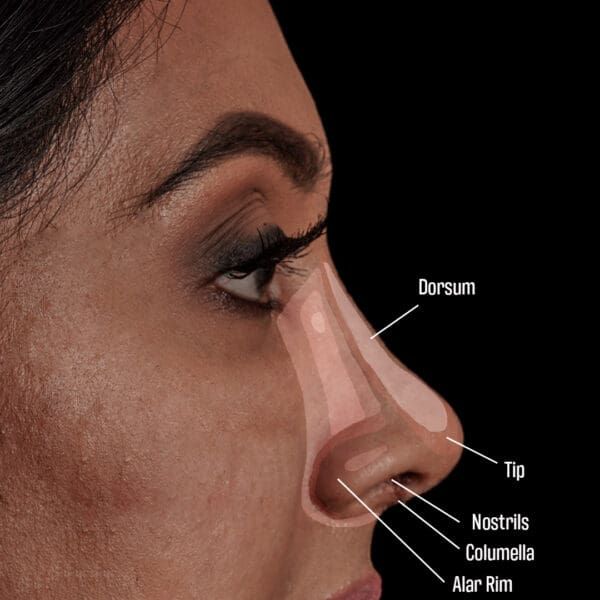
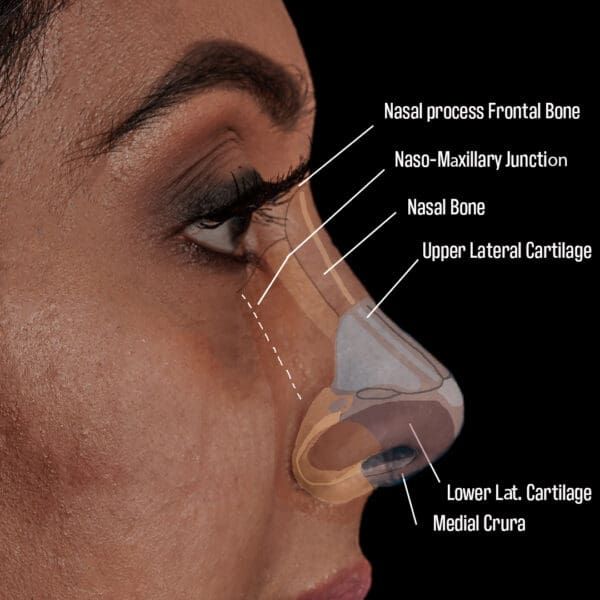
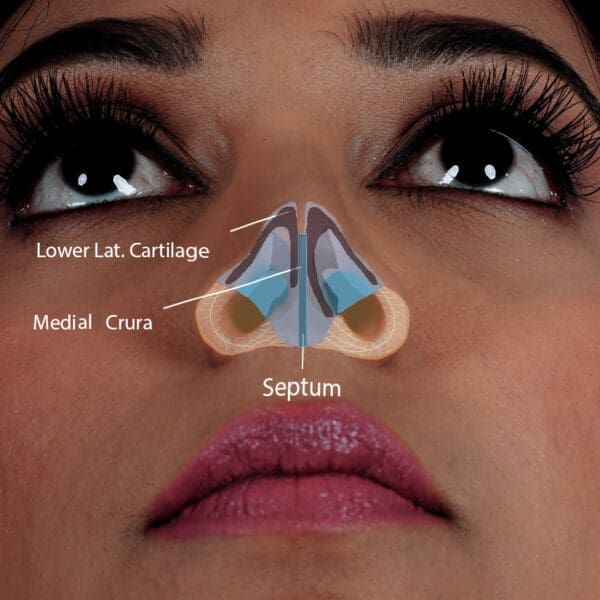
Many adjectives can describe types of rhinoplasty. Brief descriptions of each type of rhinoplasty are provided below. For more information, please click on the specific link.
Patients are those patients who have never had nasal surgery in the past.
Patients are those patients who have had prior surgery on their nose.
Procedures use incisions that are completely within the nose. No external incisions are used.
Have a small external incision over the columella. In open rhinoplasty, the surgeon makes incisions for closed nasal surgery and an external incision on the columella (base of the nose).
Is the standard procedure that most surgeons use to do a rhinoplasty surgery. Structural rhinoplasty removes a hump by cutting excess cartilage/bone and reshaping the nose to improve its appearance
Also known as piezorhinoplasty or rhinosculpture, is an offshoot of structural rhinoplasty. Ultrasonic rhinoplasty uses a small powered handpiece called a piezotome. This instrument vibrates at a rate greater than 10,000 rpm. This allows the surgeon to literally slice through bone and cartilage with almost no bleeding. The result of this type of rhinoplasty is less bruising, less swelling, and a quicker recovery time. Dr. Athré was the first surgeon in Houston to adopt the softer, smoother ultrasonic technique. You can understand why it is called “rhinosculpture” because the piezotome allows you to almost sculpt the nose like a statue.
Is one of the newest techniques in the rhinoplasty realm. Dorsal preservation rhinoplasty “preserves” the structures of the nose by collapsing the hump within the nose. It involves less cutting of cartilage, less dissection, and less disruption of tissues. Patients who have dorsal preservation rhinoplasty heal faster and may even go to a restaurant on the same night.
Is a specific type of nasal surgery dedicated to the differences in anatomy of different ethnicities. Examples include Turkish rhinoplasty and African-American rhinoplasty.
Healing times vary depending on the extent of your rhinoplasty procedure. The final results for a rhinoplasty is approximately 6 months. This is how long it takes for all the tissues to completely heal.
After a rhinoplasty Houston patients typically see results within 3-4 weeks. They can resume full activity including working out within 3 weeks.
Patients with little work necessary such as a small hump tend to heal quickly. Patients with thicker skin, more surgery to the tip of the nose, major surgery, or trauma in the past take longer to heal.
The second major variable in the healing process is the surgeon and surgical technique used. The first technique used by Dr. Athré was the open structural technique. Patients needed approximately 10-14 days to return to normal activities.
The latest revision of Dr. Athré’s technique uses a dorsal preservation approach with minimal incisions and an ultrasonic piezotome. This has brought that post-operative healing down to less than 6 days. Most of Dr. Athré’s patients are able to return to work in less than 6 days.
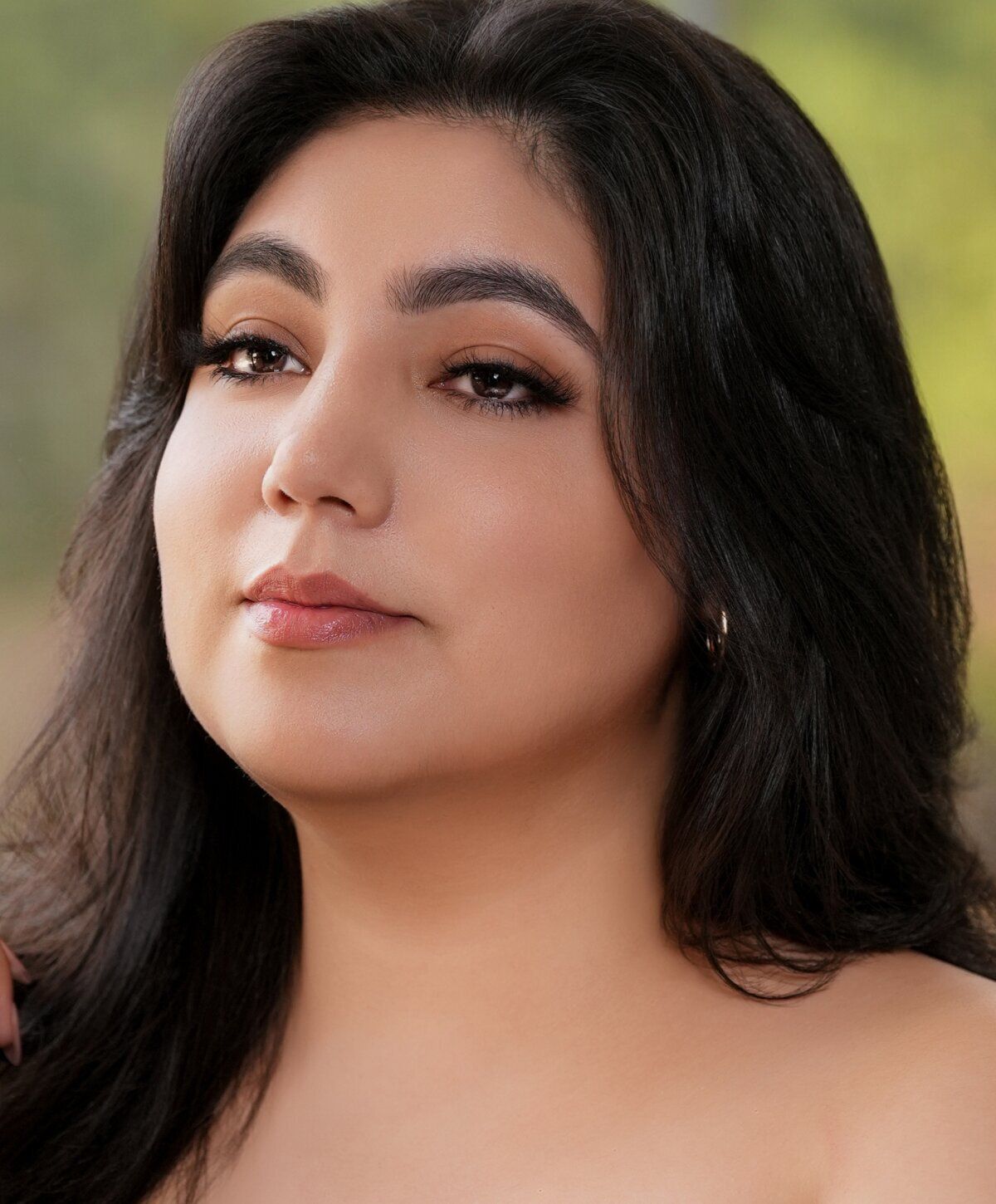

A rhinoplasty is permanent. Careful planning is necessary to achieve this result. Factors such as these are carefully evaluated before surgery, and the surgical plan is created:
For example, someone with very weak/soft cartilage will require thicker grafts. This patient might need a double-layer graft to make sure that everything stands the test of time. Dr. Athré’s experience with nasal surgery ensures that your rhinoplasty will last a lifetime!
Dr. Athré’s rhinoplasty patients enjoy results built to last a lifetime. With cosmetic nose surgery performed by Houston's leading rhinoplasty surgeon, you can achieve a harmonious appearance, better nasal function, and a boost in confidence that radiates throughout every area of your life.
“Rhinoplasty is a passion of mine. It is the most difficult surgery, and perfection is the impossible result.
I love the challenge. Nasal surgery is not a series of steps that can be memorized and executed.
It also is not a rubber stamp solution where one size fits all. Each patient has to be analyzed completely to find the nose that will work for them. Then their individual anatomy has to be modified to achieve that result.” —Dr. Raghu Athré
Dr. Raghu Athré is one of the foremost facial plastic surgeons in Houston, Texas. Dr. Athré specializes in primary and revision rhinoplasty procedures.
Patients travel from all over Texas and the Southern United States—and even travel internationally—to have surgery with Dr. Athré. The farthest a patient has come to see Dr. Athré is over 8,000 miles (13,000 km)!
As a rhinoplasty surgeon, Dr. Athré’s pedigree and training are unmatched. Dr. Athré trained with Dr. William Silver in Atlanta, Georgia. Dr. Silver’s uncle, Dr. Abe Silver, MD, was actually one of the first modern rhinoplasty surgeons in the United States.
Dr. Athré continued further education with Dr. Teoman Dogan of Istanbul, Turkey, and Dr. Olivier Gerbault of Paris, France.
Dr. Athré is one of the most respected names in rhinoplasty surgery. He was the first to utilize a piezotome for ultrasonic rhinoplasty in Houston. He continuously innovates his rhinoplasty surgical techniques.
This attention to detail does not stop with just his technique. Dr. Athré believes that every step from consultation to aftercare is extremely important in achieving the most soft, natural, and exact nose that fits your face.
Here are the words of one of his patients in a Google review.
“If there’s anything you should know about me for this review, it is that I am a very particular person, especially when it comes to my mind, body, and health.
Once I had done my research, which was based on doctors' qualifications, reviews, and before-and-after pictures, I started booking consultations. In all, I had about 10 consultations. In the end, I trusted my research and my gut and chose Dr. Athré.
My top reasons for choosing him were that he was double board-certified and specializes specifically in facial plastic surgery. During our consultation, he was very thorough and explained everything to me.
He basically checked all the boxes I needed to ease my mind that the right decision was made. Thanks again to Dr. Athré and his team. Your hands are truly gifted. Keep up the amazing work.”
The cost of rhinoplasty is variable depending on the details of your procedure. Visit our Rhinoplasty Cost page for more detailed pricing information.
From a surgeon’s perspective, rhinoplasty is not a major surgery. However, major surgery is a subjective term. Some patients feel that removing wisdom teeth is a major surgery. Other patients feel that surgery such as a hysterectomy is minor surgery.
The majority of rhinoplasty surgeries are:
Therefore, I feel that rhinoplasty surgery is an “easier” surgery on the patient than most other surgical procedures. However, it is a surgical procedure. Proper preparation before surgery and attention to post-operative instructions are important.
The starting age for a rhinoplasty is usually around 14-15 in girls and 18 in boys.
There is no “correct” age for cosmetic nasal surgery. The variables Dr. Athré looks for are:
All surgeries have risks. The basic risks of all surgeries include bleeding, scarring, and infection. This is a broad category and does not really apply specifically to rhinoplasty surgery and most facial plastic surgery.
The main risks of rhinoplasty surgery are:
All of these risks can be combined into a revision risk. The revision risk is the risk that you need another surgery in the future.
An accepted revision rate is approximately 10%, meaning that rhinoplasty is successful in 85-90% of cases the first time. The revision rate at Athré Facial Plastics for primary rhinoplasty surgery is less than 2%. The reason for this is experience, training, dedication, and passion.
It is important to note that all patients who request a revision may not need a revision. Michael Jackson is an excellent example of this.
Michael Jackson had a very good result after his primary surgery. Michael Jackson chose to pursue a revision rhinoplasty. Revision surgery carries inherent risks, and the continuous chain of revision surgeries led to the development of Michael Jackson’s nasal problems. Patients need to be evaluated carefully with respect to revision surgery to determine the risk/benefit ratio of revision surgery and see if revision surgery is the right option for the patient.
There is no difference. Rhinoplasty is the scientific term that describes a procedure that modifies the functional AND cosmetic attributes of the nose to achieve a more balanced, cosmetically appealing, and better-functioning nose. A nose job is just the colloquial way of saying rhinoplasty.
Dr. Athré does not use packing in the nasal passages. Dr. Athré also does not use a splint.
Every surgeon is different when it comes to packing and splints. Originally (15 years ago), Dr. Athré used a custom-formed plastic splint on the outside of the nose, approximately 6 inches of packing inside each nasal passage, and surgical steri-strip tape on the external skin of the nose.
That is the past!!!! With newer techniques including piezo-ultrasonic rhinoplasty and dorsal preservation rhinoplasty, Dr. Athré does not use any packing!!!
The current dressing is simple tape affixed to the skin envelope of the nose for 5 days. No splint. No packing. Patients are happier and have less bruising, less swelling, and less discomfort. A win for everyone!
The change in post-operative dressings has reduced the feeling of stuffiness and blockage after a nasal surgery.
In the first generation of rhinoplasty nose surgery with nose packing and a splint, patients were 100% required to breathe through their mouth after surgery.
With Dr. Athré’s current methods, patients have no packing in their nose and are able to breathe through their nose immediately after surgery.
By about post-operative day 3-4 when swelling sets in, patients have mild, TEMPORARY nasal blockage for about 5 days. The feeling that most patients describe is similar to a mild cold.
Noses come in a diverse range of shapes and sizes. It’s important to remember that any nose can be beautiful. However, rhinoplasty candidates may feel like their nose is out of proportion to their face or does not complement their other facial features.
Patients often use terms like Barbie nose or Roman nose to describe a shape of nose. Here are some nasal features that patients may wish to address with rhinoplasty:
Dorsal Hump: A prominent bump on the bridge of the nose.
Flat Bridge: A low or flat bridge.
Bulbous Tip: A rounded or bulbous nasal tip.
Drooping Tip: A downward-pointing nasal tip.
Overly Upturned Tip: An excessively upturned nasal tip.
Wide Nostrils: Wide nostrils or large nostrils.
Asymmetrical Nostrils: Nostril asymmetry.
Wide Nose: The overall width of the nose, or a wide nasal bridge or base.
Long Nose: An overly long nose that is not balanced with the rest of the face.
Short Nose: A nose that appears too short in proportion to the other facial features.
Deviated Septum: A crooked septum that impairs breathing, causing discomfort, sinus problems, or snoring.
Collapsed Nasal Valve: A collapsed nasal valve can impede airflow and nasal function.
General Asymmetry: Asymmetrical nasal features or a nose that appears crooked.
“Dr Athre did an amazing job on my nose. His staff treated me like family and I felt very comfortable getting the work done. He was very intuitive on what I was trying to accomplish and knowledgable enough to work through the issues involved to get the result I wanted, especially considering it was a revision surgery. The whole experience was great and helped me so much!”
